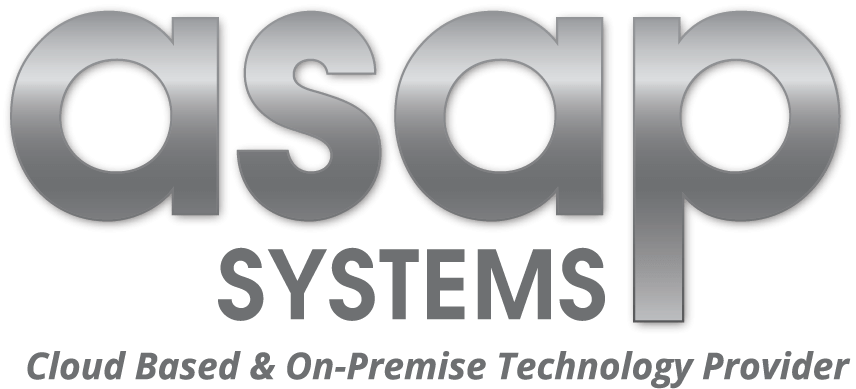The Critical Care Air Transport Team consumed hundreds of medical inventory items and operated hundreds of assets valued at over $1 million. The equipment needed to meet the standard of “100% operational readiness” for flying missions. Thus, Captain Fowler ditched manual tracking methods for a more powerful inventory System and asset tracking system that would eliminate task redundancy and improve inventory control.
THE CHALLENGE
“As Critical Care Air Transport Team members, we rely on our inventory supplies and equipment to afford us the means to provide for the Air Force when needed. We must have the right supplies and the right amount, as well as know the location these supplies are located. I must have equipment that is that is in good shape and operational,” says Captain Fowler.
Burdened with more than 1.8 million dollars of stock inventory and assets with well over 800 unique items on-hand, there was the need to get a system up and running in an environment with limited capability that provided little logistical support. As important missions approached ever closer and without a way to track over 600 thousand dollars’ worth of supplies, an effective inventory management system would keep track of and make sure inventory was stocked and ready for use; moreover, the Air Force base needed that same system to track equipment that must be maintained on standby at all times.
“I was personally in charge of all inventory tracking, restocking and maintenance. This was in addition to working full time in an ICU and flying the mission, which left me little time to be a logistician,” says Captain Fowler. “I needed an automated system that would monitor and track all of our equipment, thus freeing me up to do all my other work.”
FITTING THEIR NEEDS
In the search of an inventory management and asset tracking system, there are specific aspects of a system that are required for an ideal solution. A prime inventory management and asset tracking system would allow the Air Force Base to have complete control over managing the movement of assets and of making sure inventory was always stocked.
“I wanted a system that would meet federal guidelines regarding the tracking of expendable medical supplies using expiration dates, batch-lot numbers, and serialized numbers,” says Captain Fowler.
The team made a list of their requirements for a software solution. It needed to:
Help fulfill government regulations for tracking and managing inventory and assets.
Enable faster data entry using barcode scanners.
Improve security of expensive assets being moved
Provide updated information regarding the location, cost and movement of assets.
Track both expendable and durable inventory items
Print barcodes and catalogs.
Generate management reports and records for auditing purposes
Categorize supplies within each bag or location.
Alert the user when supplies need to be reordered due to low levels.
Generate configurable reports on the status of inventory levels and asset activities.
IMPLEMENTATION
“I chose the company, due to its reputation within the government system, as well as its modular capability and exceptional customer support,” says Captain Fowler.
Getting the system up and running was easy, and all objectives were achieved in configuring the system based on the tracking guidelines that need to be met. We were easily set up to know where all medical supplies belonged in terms of bag pocket location, what items looked like and where the items were currently located.
“Some items had expirations, some had lots, and some of the supplies were in multiple bags…” says Captain Fowler. “I configured the system to track all inventory data and still be able to categorize the supplies within each bag (or location). The system allowed me to label each bag as a location, and furthermore, to track the individual bags’ supply levels.”
THE SOLUTION
The inventory management services provided a complete inventory and asset control system with the ability to view all the equipment in an automated fashion so that he could focus on what is important, like transporting critically ill patients. By establishing a new inventory process and procedure, Captain Fowler was able to save time by centralizing inventory data collection, tasks, and reporting for quality purposes.
“I could not have done this and all of the other requirements I had without this program… the program is so successful, and I will continue to refer it to multiple departments throughout the Air Force,” says Captain Fowler.
Before implementing our barcode management, all inventory and assets were manually tracked, taking up time that could be used on other important tasks. After Inventory System and Asset Tracking Solution automated his process, this task became less stressful—freeing up valuable time for other significant responsibilities
Using the easy-to-use and configurable reporting functionality, all statistics to inventory-related projects are successfully distributed through the Air Force base—what was being used, what was expired, usage cost, equipment used versus what was not, how much missions cost in terms of supplies used, stock issued for each mission, and cost of supplies used up. With our Inventory System and Asset Tracking Solution, configurable reports were generated on all aspect of equipment in an instant, and can provided data to whoever requires it.
Our Inventory System and Asset Tracking Solution’s built-in alerts helped with reordering inventory and managing assets for significant events occurring in the future. Email and SMS alerts were received when inventory levels are low and need to be reordered. This helped ensure that all inventory is properly stocked, located, and ready for important tasks and emergencies in the Air Force ICU. Our Top Rated Inventory System and Asset Tracking Solution fulfills all expectations.
